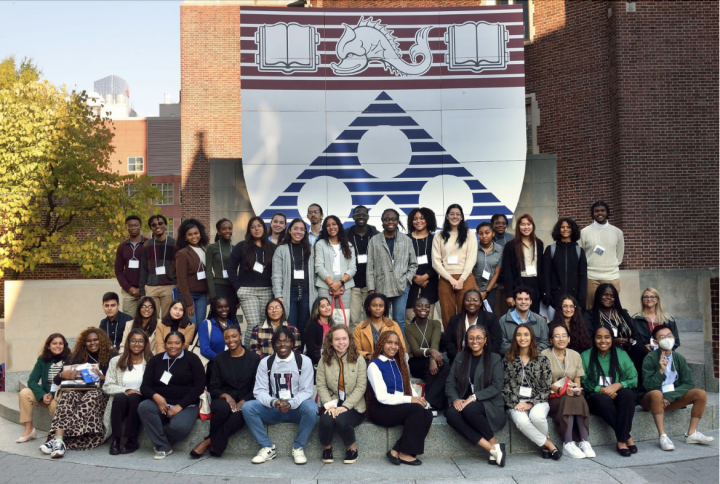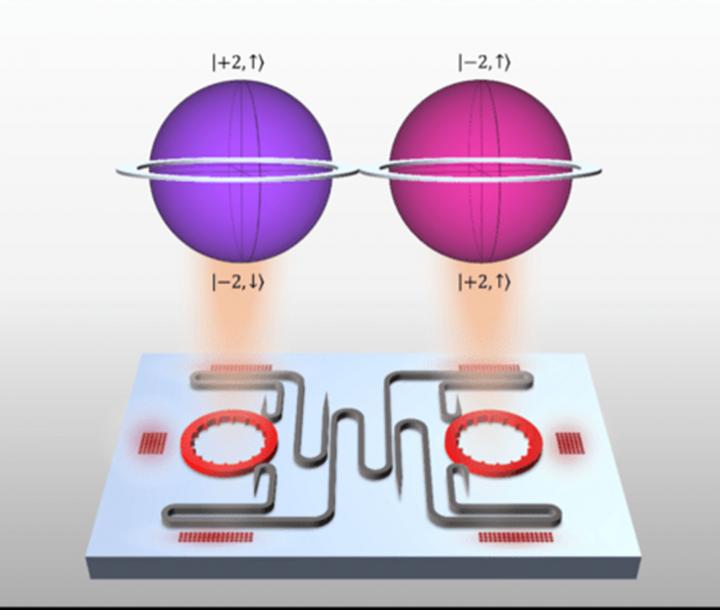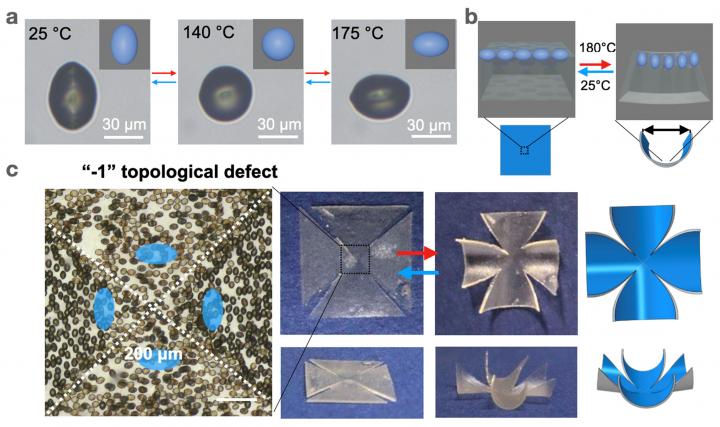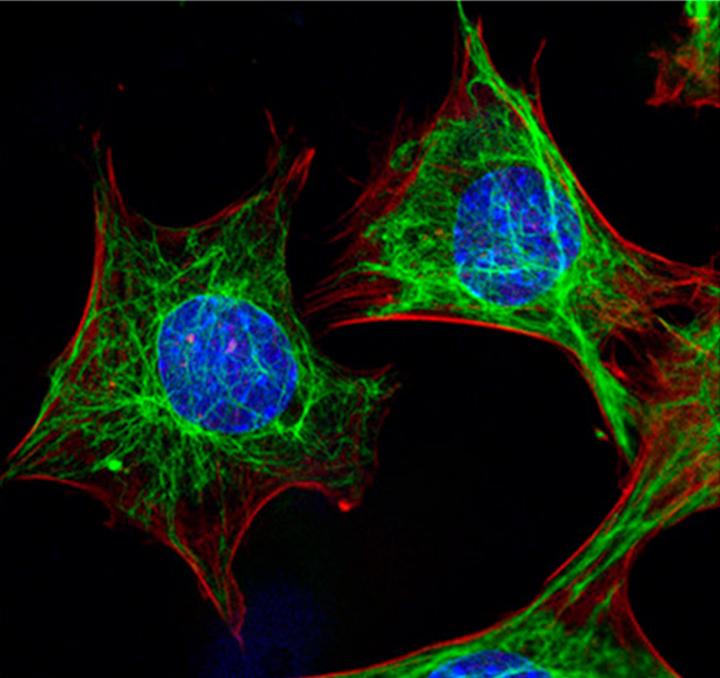Cells and tissues are subjected to external mechanical stresses in the body, including compressive loads, pressure gradients, and shear. This study shows that single cells become harder when compressed and that the parts inside the cells that make them strong (called the cytoskeleton) change when they are compressed. Some cells, like fibroblasts, become harder when subjected to moderate compression. However, this does not happen if a part of the cytoskeleton called vimentin is removed. This is because vimentin networks become harder when compressed or extended. This is explained using a theoretical model to based on the flexibility of vimentin filaments and their surface charge, which resists volume changes of the network under compression.










